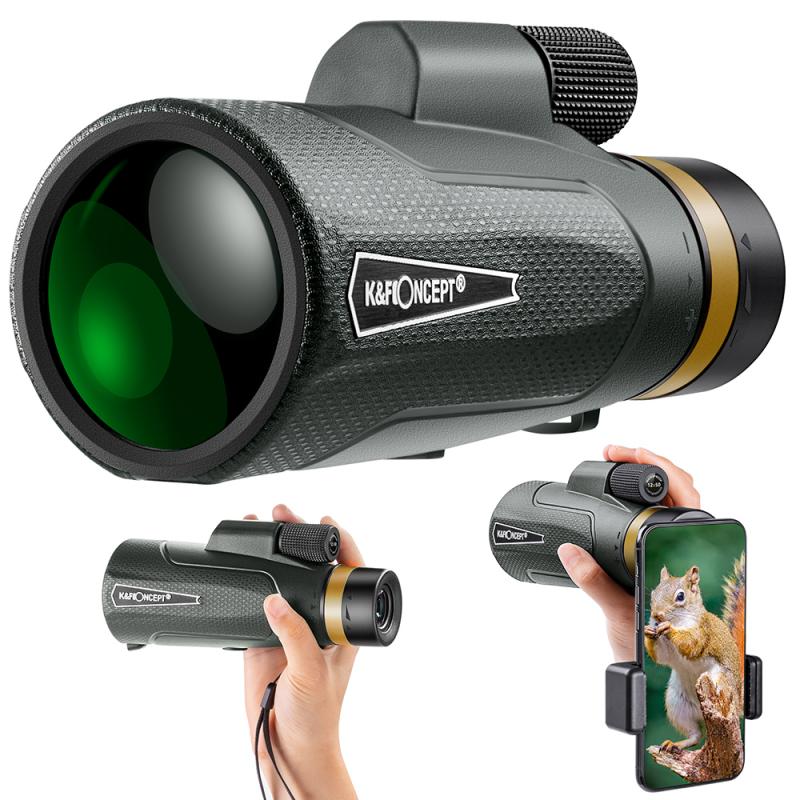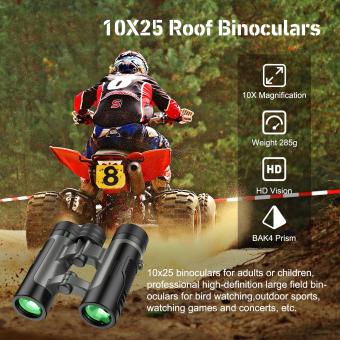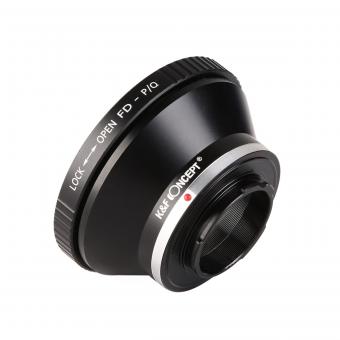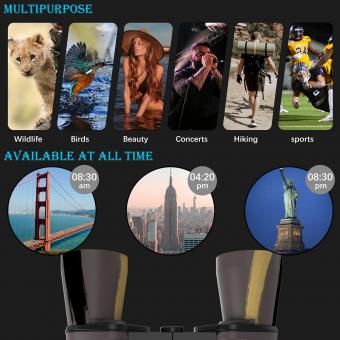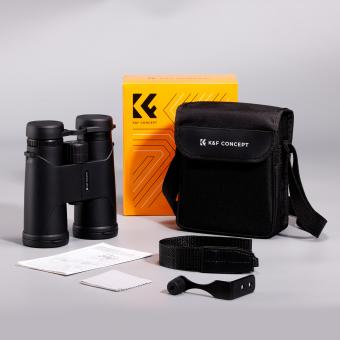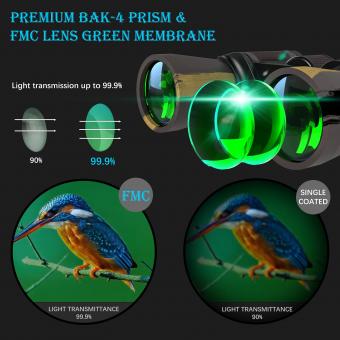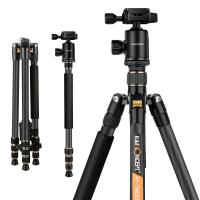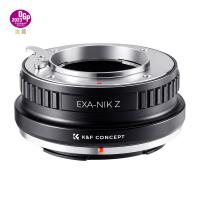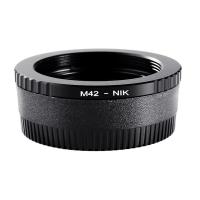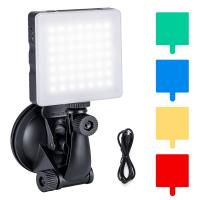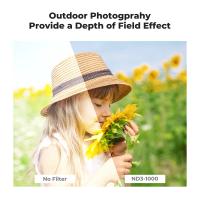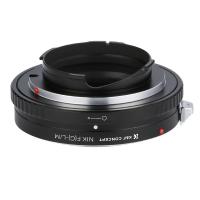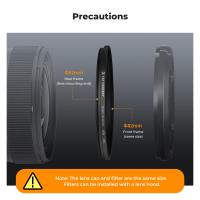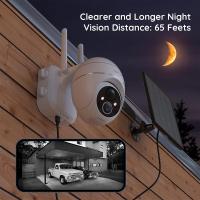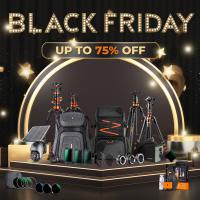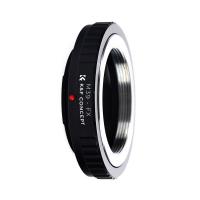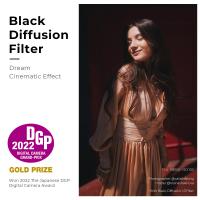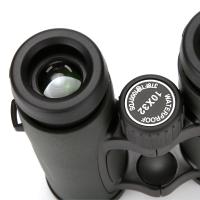Which Monoculars For Bird Watching ?
Some popular monoculars for bird watching include the Vortex Optics Solo Monocular, Celestron Nature DX Monocular, and Wingspan Optics Explorer High Powered Monocular. These monoculars are known for their high-quality optics, compact size, and durability, making them suitable for bird watching enthusiasts.
1、 Magnification power
Which monoculars for bird watching? Magnification power is an important factor to consider when choosing monoculars for bird watching. The magnification power determines how close you can see the birds and observe their details. Generally, a magnification power of 8x to 10x is recommended for bird watching.
A magnification power of 8x provides a good balance between magnification and stability. It allows for a wider field of view, making it easier to locate and track birds in their natural habitat. On the other hand, a magnification power of 10x offers a closer view of the birds, allowing you to observe finer details such as feather patterns and coloration.
However, it's important to note that higher magnification power isn't always better. Higher magnification can make it more difficult to keep the image steady, especially without the aid of a tripod. It can also narrow the field of view, making it harder to locate and track birds in flight.
In recent years, there has been a trend towards monoculars with lower magnification power, such as 8x or even 6x. This is because lower magnification provides a wider field of view, making it easier to spot birds and follow their movements. Additionally, lower magnification reduces the need for image stabilization, allowing for a more comfortable and enjoyable bird watching experience.
Ultimately, the choice of magnification power depends on personal preference and the specific bird watching conditions. It's recommended to try out different magnification powers and see which one suits your needs best.
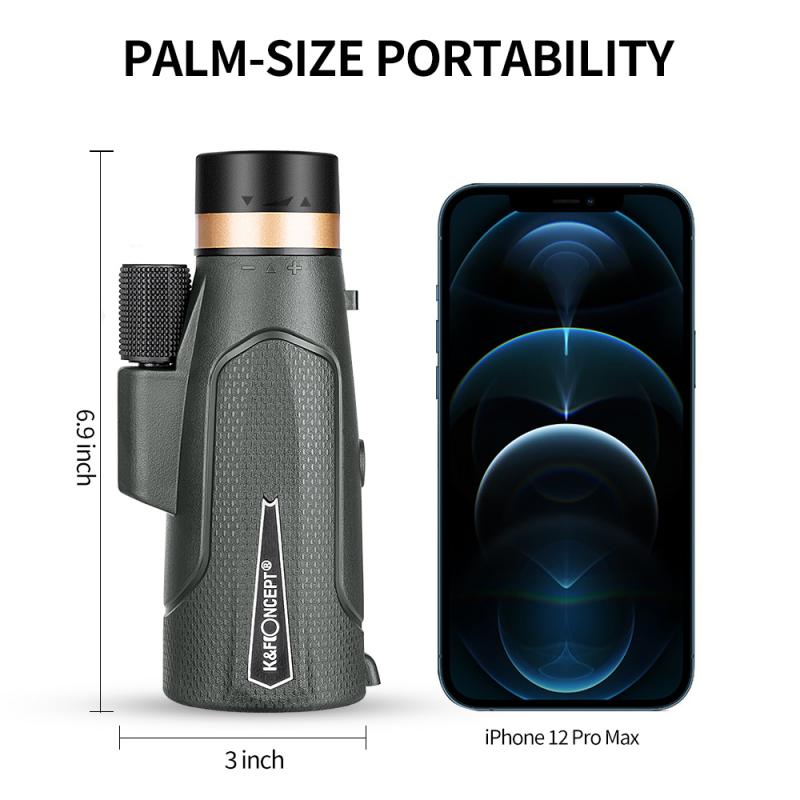
2、 Objective lens diameter
When it comes to choosing monoculars for bird watching, one of the key factors to consider is the objective lens diameter. The objective lens is the front lens of the monocular, and its diameter plays a crucial role in determining the amount of light that enters the device.
A larger objective lens diameter allows more light to enter the monocular, resulting in brighter and clearer images. This is particularly important for bird watching, as it often involves observing birds in low-light conditions, such as early mornings or late evenings. A larger objective lens diameter also helps in capturing more details and colors, enhancing the overall bird watching experience.
Typically, objective lens diameters for bird watching monoculars range from 25mm to 42mm. While a 25mm objective lens can provide a compact and lightweight option, it may not be ideal for low-light conditions. On the other hand, a 42mm objective lens offers excellent light-gathering capabilities, making it suitable for bird watching in various lighting conditions.
However, it is important to note that the choice of objective lens diameter also depends on personal preferences and specific bird watching needs. Some bird watchers may prioritize portability and opt for smaller objective lens diameters, while others may prioritize image quality and choose larger objective lens diameters.
In recent years, there has been a trend towards larger objective lens diameters in bird watching monoculars. This is driven by advancements in lens technology, allowing manufacturers to produce monoculars with larger objective lenses without compromising on size and weight. As a result, bird watchers now have access to a wider range of monoculars with larger objective lens diameters, providing enhanced image quality and improved bird watching experiences.
In conclusion, when selecting monoculars for bird watching, considering the objective lens diameter is crucial. A larger objective lens diameter, such as 42mm, can provide brighter and clearer images, especially in low-light conditions. However, personal preferences and specific bird watching needs should also be taken into account when making a decision. With advancements in lens technology, bird watchers now have access to a variety of monocular options with larger objective lens diameters, enhancing their bird watching experiences.
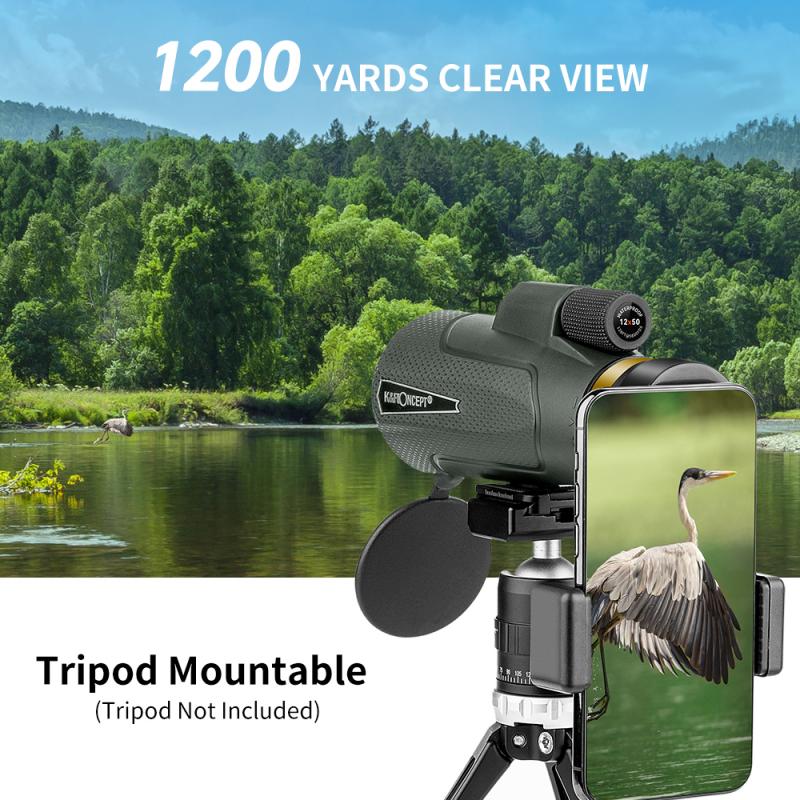
3、 Field of view
When it comes to choosing monoculars for bird watching, one of the most important factors to consider is the field of view. The field of view refers to the width of the area that can be seen through the monocular at a specific distance. A wider field of view allows you to observe more of the surrounding environment and spot birds more easily.
Typically, monoculars with a larger objective lens diameter tend to have a wider field of view. This is because a larger objective lens allows more light to enter the monocular, resulting in a wider image. However, it's important to strike a balance between field of view and other factors such as magnification and portability.
The latest point of view regarding field of view in monoculars for bird watching is that manufacturers are constantly striving to improve this aspect. They are using advanced optics and lens coatings to enhance the field of view without compromising on other important features. Some monoculars now offer wide-angle or panoramic views, providing an immersive bird watching experience.
Additionally, advancements in technology have led to the development of monoculars with image stabilization features. These monoculars help reduce hand shake and provide a steady image, allowing for a better field of view.
In conclusion, when selecting monoculars for bird watching, it is crucial to consider the field of view. Look for monoculars with a wider field of view, but also consider other factors such as magnification and portability. Stay updated with the latest advancements in monocular technology to ensure you make an informed decision.
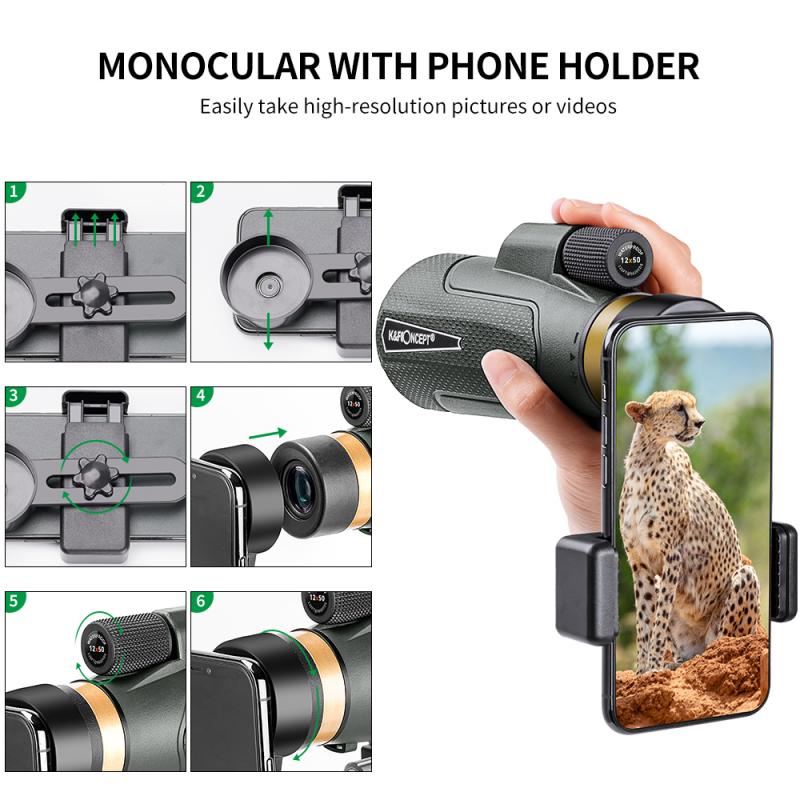
4、 Close focus distance
Which monoculars for bird watching have a close focus distance? When it comes to bird watching, having a monocular with a close focus distance is essential. This feature allows you to observe birds and other wildlife at a close range, capturing intricate details and enhancing your overall viewing experience.
One monocular that stands out in terms of close focus distance is the Vortex Optics Solo R/T 8x36 Monocular. With a close focus distance of just 16.4 feet, it allows you to get up close and personal with your subjects. This monocular also offers a wide field of view, making it easier to track birds in flight.
Another option is the Nikon Monarch 7 10x30 Monocular, which has a close focus distance of 6.6 feet. This monocular is known for its high-quality optics and compact design, making it a great choice for bird watching on the go.
In terms of the latest point of view, manufacturers are constantly improving their monoculars to offer even closer focus distances. Some newer models, such as the Zeiss Victory Pocket 8x25 Monocular, boast close focus distances as low as 4.9 feet. These advancements in technology allow bird watchers to observe birds in incredible detail, even at extremely close distances.
Ultimately, the choice of monocular for bird watching with a close focus distance depends on your personal preferences and budget. It's important to consider factors such as magnification, field of view, and overall optical quality to ensure a satisfying bird watching experience.
